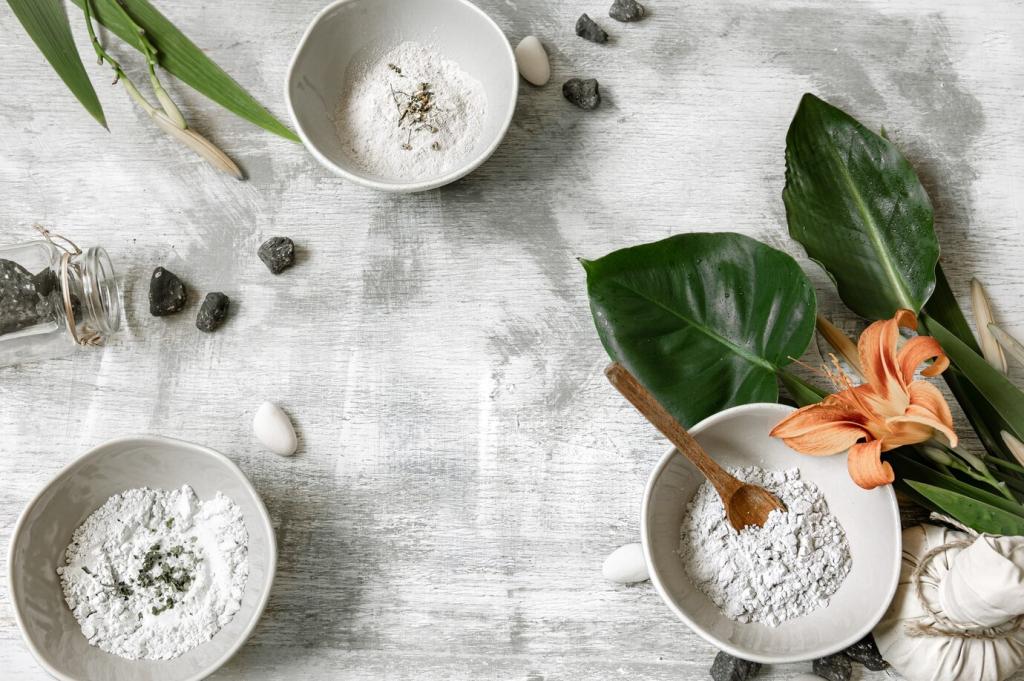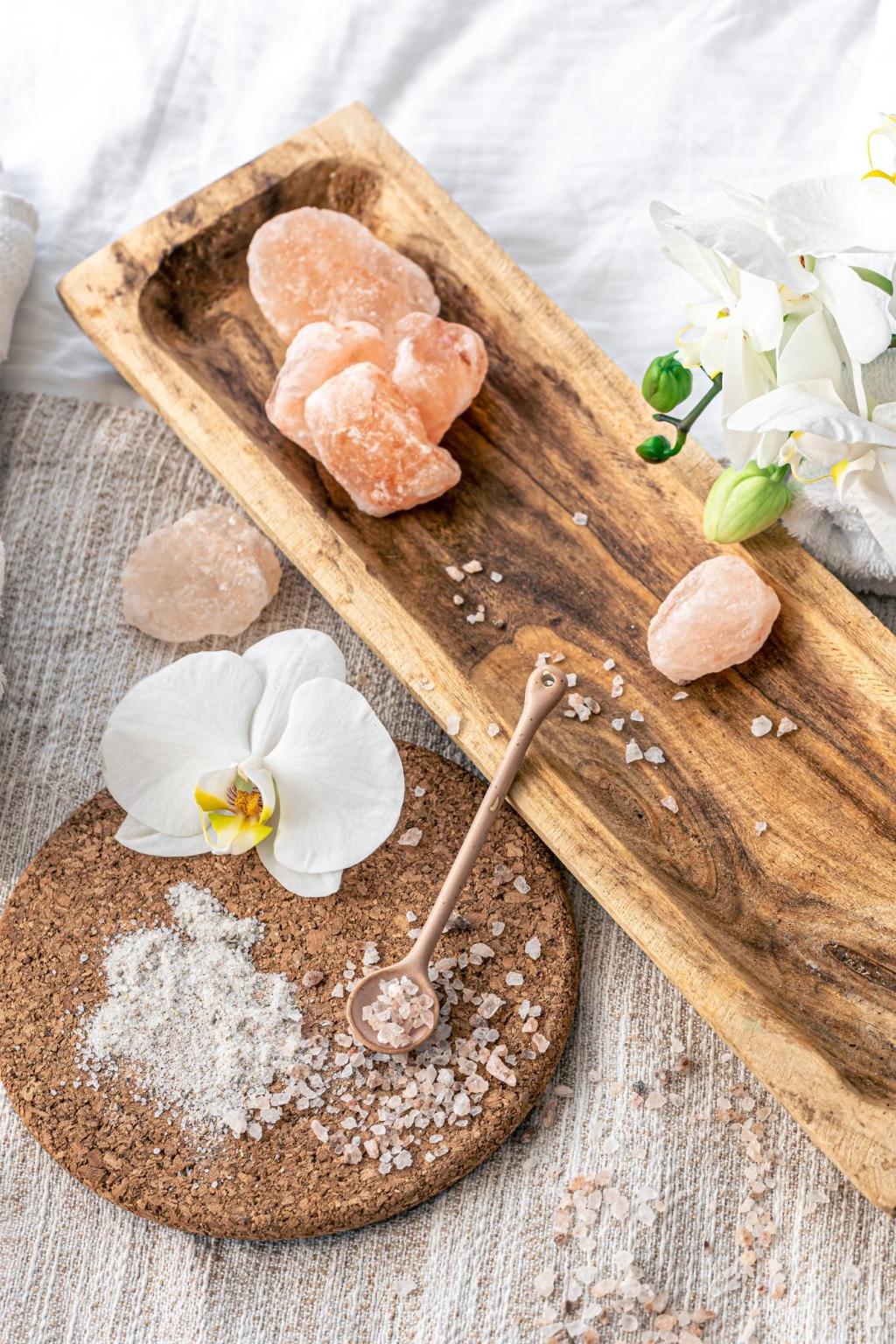Rest and Reset: Sleep, Silence, and Stillness
Create a wind-down ritual: dim lights, turn off screens an hour earlier, stretch gently, and journal one release and one gratitude. Consider magnesium-rich foods and cooler room temperatures. What small change tonight could improve your sleep by even ten percent?
Rest and Reset: Sleep, Silence, and Stillness
Silent mornings at retreat can feel bold at first, then beautifully freeing. Without chit-chat, you truly meet yourself. Try a silence window at home, even twenty minutes. Tell us what you notice when you set your phone aside and simply listen.




